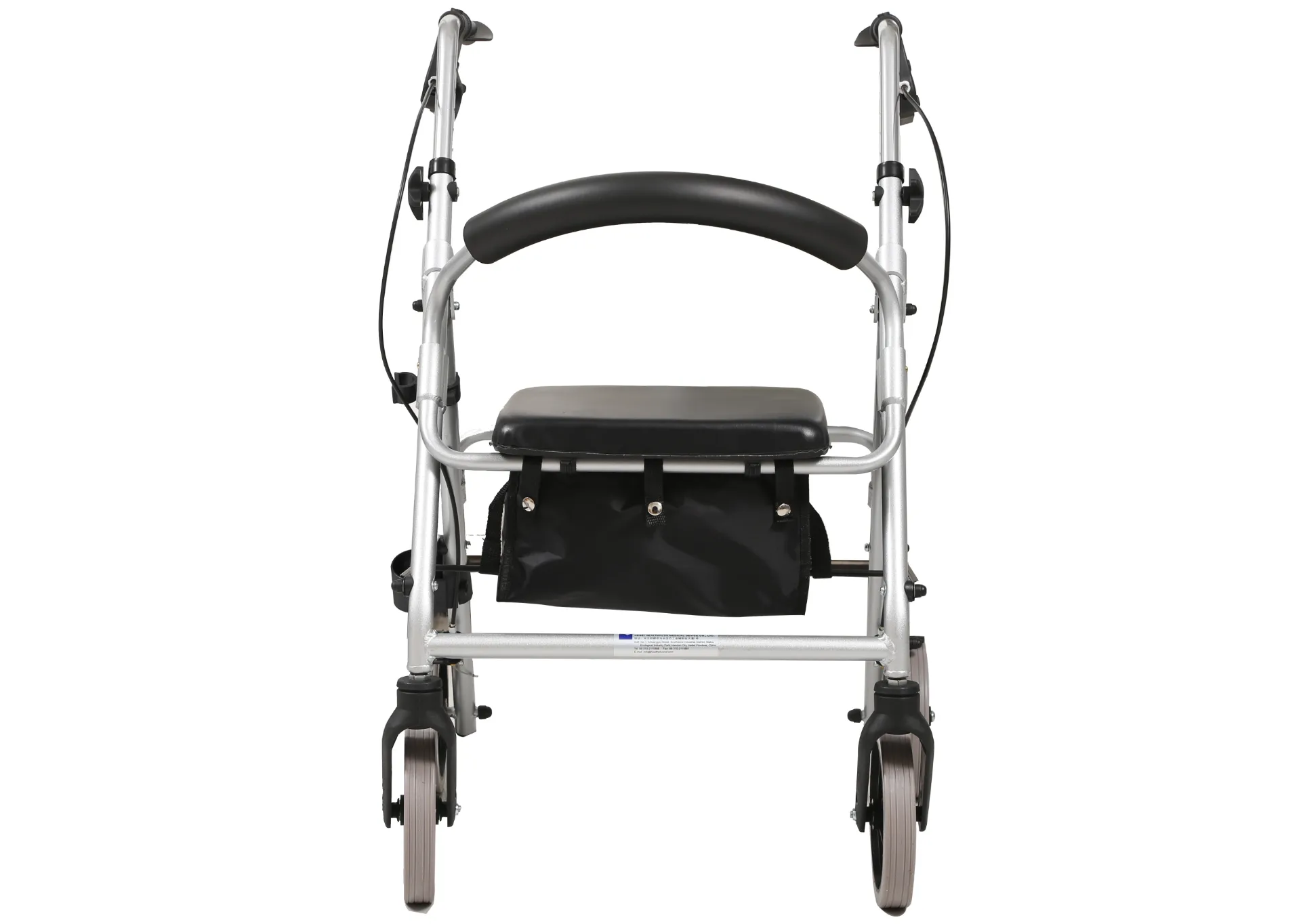Welcome to our websites!
hospital room furniture
A Comprehensive Guide to Hospital Room Furniture Enhancing Comfort and Functionality
Hospital rooms are essential environments designed for recovery and healing. The furniture within these spaces plays a critical role in creating a comfortable and functional atmosphere for patients, healthcare providers, and visitors alike. In this article, we will explore the types of furniture typically found in hospital rooms, their purposes, and how they contribute to overall patient care.
1. Hospital Beds
At the heart of every hospital room is the hospital bed. Unlike regular beds, hospital beds are designed with adjustable features that allow for multiple positions, enabling better patient comfort. Many beds include electric controls that can raise or lower the head and foot sections, which is particularly beneficial for patients with mobility issues or those who require specific resting positions. Additionally, hospital beds often come equipped with side rails to prevent falls and enhance safety.
2. Overbed Tables
Overbed tables are versatile furniture pieces essential for patient convenience. These tables are adjustable in height and can be positioned over a patient's bed, providing a stable surface for meals, medications, books, or personal items. Many overbed tables also feature a locking mechanism to ensure stability during use. By making everyday tasks more accessible, these tables promote independence and dignity for patients during their recovery.
3. Chairs and Visitors' Seating
Comfortable seating options are vital in hospital rooms, not only for patients but also for their families and caregivers. Recliners and lounge chairs are often included to provide a relaxing space for patients who wish to sit up and engage with visitors. These chairs are designed with durability and ease of cleaning in mind, making them suitable for a healthcare environment. Additionally, foldable or portable chairs may be provided for family members, ensuring that visitors are comfortable while spending time with their loved ones.
4. Storage Solutions
hospital room furniture

Effective storage solutions are crucial in optimizing hospital room functionality. Cabinets, carts, and shelving units help keep medical supplies organized and easily accessible for healthcare providers. Patient belongings, such as clothes and personal items, can also be stored securely in designated spaces. Proper organization minimizes clutter while promoting a clean and efficient environment, ultimately enhancing the patient experience.
5. IV Stands and Mobility Equipment
IV stands are an indispensable part of hospital room furniture. They allow medical professionals to administer intravenous medications safely while keeping the equipment easily accessible. Alongside IV stands, mobility equipment such as walkers, wheelchairs, and bedside commodes facilitate patients' movement and independence during their stay. The availability of such equipment is vital for recovery, promoting mobility and helping patients regain strength.
6. Décor and Comfort Items
While functionality is essential in hospital room furniture, aesthetics should not be overlooked. The addition of decorative elements, such as soft lighting, artwork, or calming colors, can significantly improve the overall atmosphere of a hospital room. Comfortable bedding and cushions can also contribute to a more inviting space, making the hospital experience less intimidating for patients.
7. Ergonomics and Support for Healthcare Staff
It’s important to consider the furniture from the perspective of healthcare professionals. Ergonomically designed furniture, such as height-adjustable desks and supportive chairs, ensures that medical staff can perform their duties efficiently while reducing the risk of injury. This approach not only enhances the working environment for staff but also improves the quality of care provided to patients.
Conclusion
The furniture found in hospital rooms is essential for creating comfortable and functional healing environments. From adjustable beds and overbed tables to ergonomic solutions for staff, each piece of furniture contributes to promoting patient recovery and well-being. A well-designed hospital room can make a significant difference in a patient's experience, easing the stress of their stay and facilitating a smoother journey toward health and recovery. As the healthcare industry continues to evolve, the focus on innovative and patient-centered furniture solutions will be crucial in improving care delivery in hospitals worldwide.
-
Transforming Healthcare with Hospital FurnitureNewsJun.24,2025
-
Rehabilitation EquipmentNewsJun.24,2025
-
Mobility and Independence with WheelchairsNewsJun.24,2025
-
Freedom of Mobility with Our Rollator WalkersNewsJun.24,2025
-
Comfort and Independence with Commode ChairsNewsJun.24,2025
-
Bathing Safety and Independence with Shower ChairsNewsJun.24,2025
-
Navigating the Wholesale Landscape of Electric Mobility Solutions: Key Considerations for Power Wheelchair DealersNewsJun.10,2025











